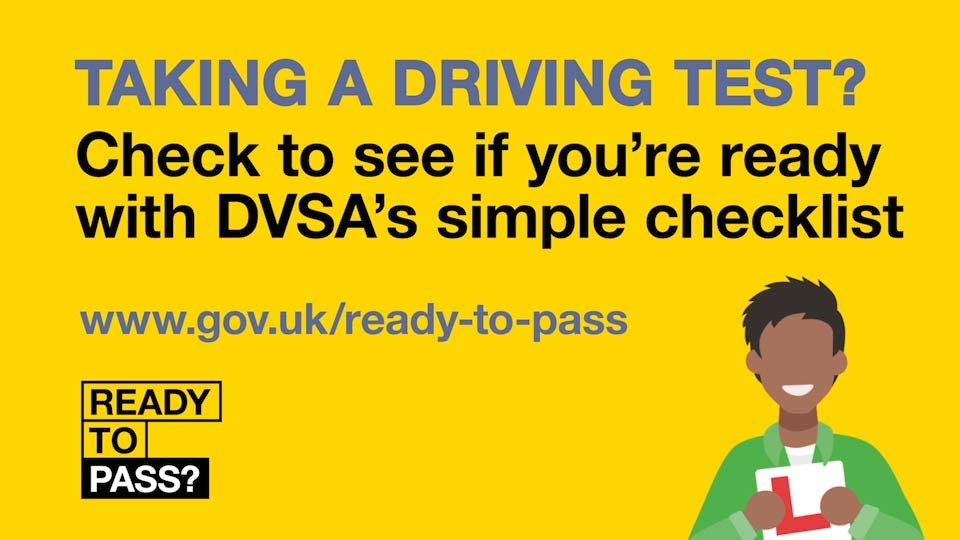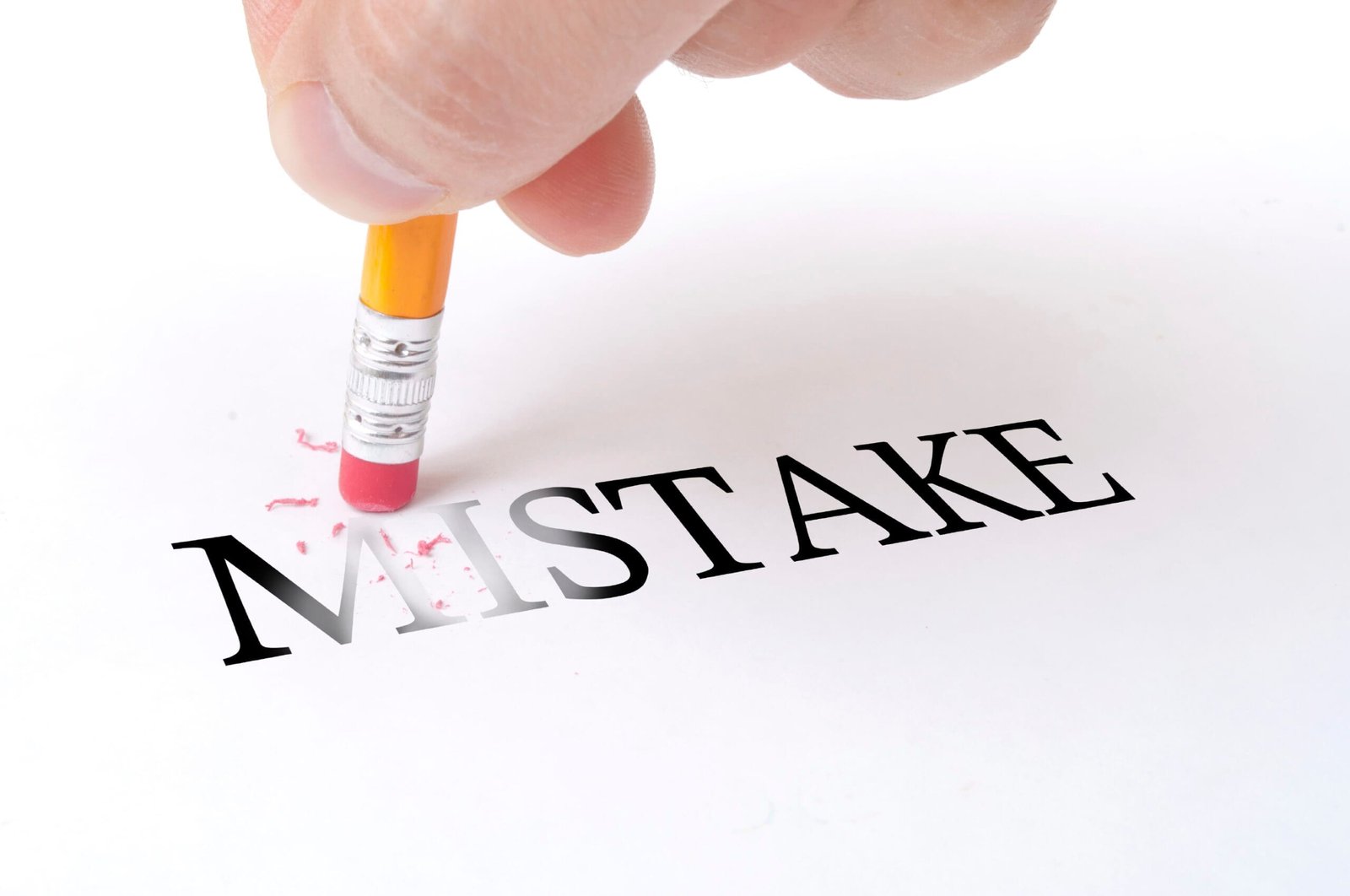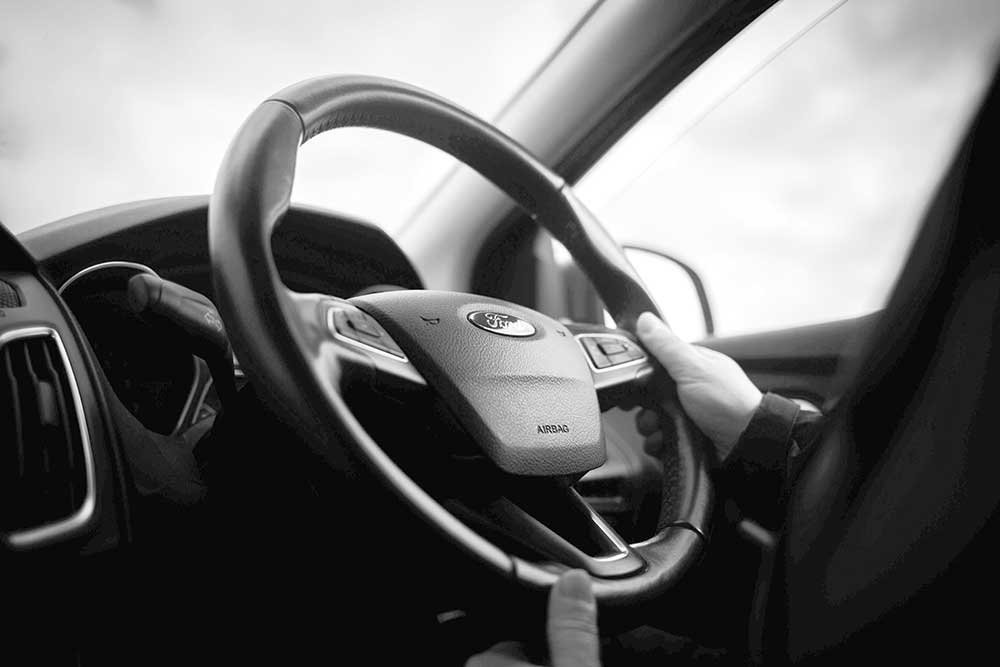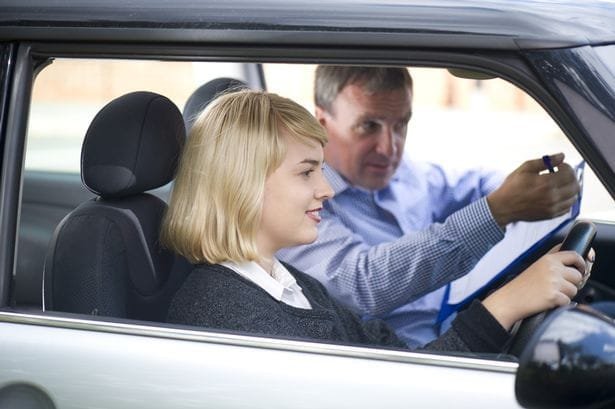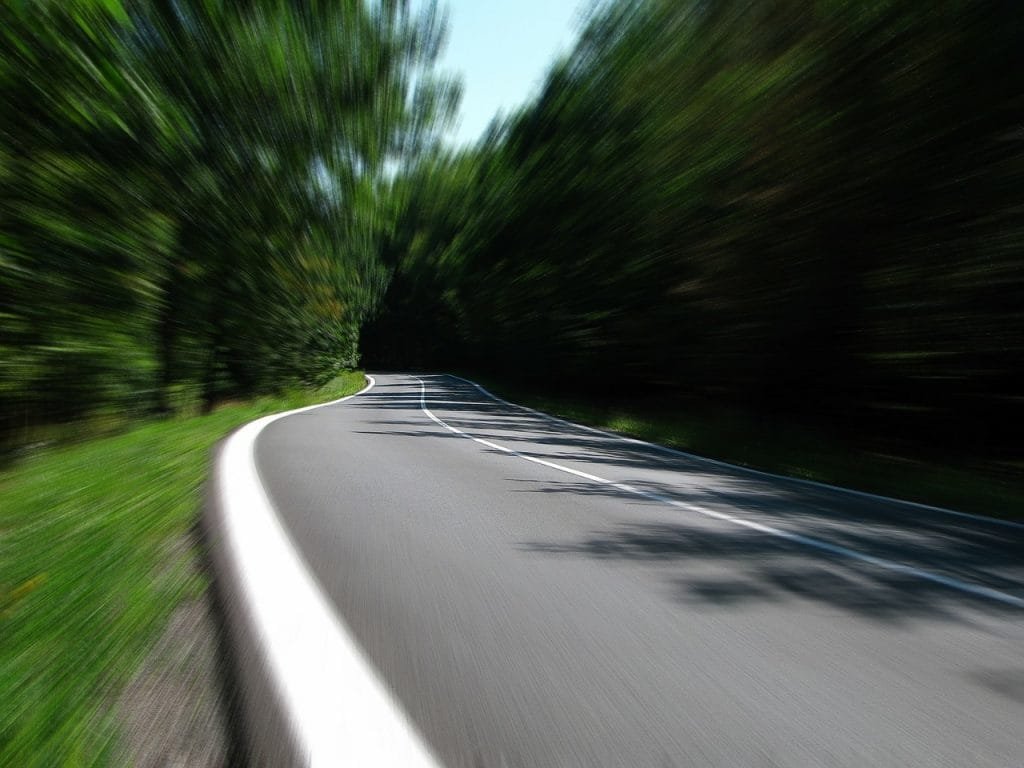Making mistakes in your driving lessons
Forget about making mistakes!
Since the dawn of time, there has been this public perception that making mistakes in your driving lessons is bad and you’ll be judged badly for making mistakes. Well I’m here to tell you that you’re wrong. Let me explain why….
We learn from experience
We all have our own understanding about the world around us and this evolves from the day we are born. We based our beliefs and ideas about the world on what we experience as we’re growing up. The human brain is an extremely powerful thing. Through time we have evolved to understand nature, science, develop technology and come up with some truly inspiring inventions. Humans weren’t taught how to invent the light bulb or invent a car. We evolved our understanding of science but also came up with new ideas to develop those inventions.
On January 29, 1886, Carl Benz applied for a patent for his “vehicle powered by a gas engine.” The patent – number 37435 – may be regarded as the birth certificate of the automobile. However, the time leading up to Carl patenting the vehicle was probably full of frustration in getting things wrong. He probably came up with so many ideas which failed to lead finally to his patent in 1886. Did he give up? No, he didn’t he kept going because he believed in what he was doing.
So what has this got to do with learning to drive and making mistakes?
Back when you were a baby and you took your first steps, did someone teach you how to get up on your feet? Did someone teach you to use the edge of the coffee table to pull yourself up onto your feet. Did someone teach you to piton foot in front of another. No! The human brain is like a filing cabinet. It takes in information from the world around you and stores it for future reference. When you were a baby, you will have taken in how the people are walking from those around you and your evolving brain (without thinking or knowing) has sifted through the filing cabinet to find that piece of information about walking.
However, it’s not plain sailing! You’re not perfect at it straight away. You need to develop the skill of walking to get to a point where you can do it unaided and without thinking about it. That’s where trial and error comes in. Your baby mind will try to get up onto your feet unaided and struggle. You’ll flop back down onto your nappy. “Right, that didn’t work. Let’s try something else”. You’ll see that edge of a coffee table or a sofa and you’ll give that a try. You’ll end up getting onto your feet and be able to stand for a while but you’ll try walking away from it and end up falling back onto your nappy! “Ok, that doesn’t work, let’s try just keeping a hold of the sofa” and you’ll soon realise that you can get around holding onto the furniture until you can find your balance and stay on your feet.
How amazing is that. A newly formed brain that’s only a few months old can use intuition, skill and experience to teach themselves ow to walk! Now just think about what you could be capable of! The possibilities are endless!
It’s inevitable that in learning to drive there are going to be ‘mistakes’. You’re learning a new skill and as with the baby learning to walk, you’ll experiment with different ways of doing things. Some of those things you’ll try will probably fail but in the end you’ll develop a way of doing something that works for you. So let’s change that word ‘mistake’ to something else. Let call it ‘LEARNING’.
Think of that ‘mistake’ as a learning curve. You’ve just experience, that what you have just done, hasn’t worked. Now, you’ll then think about why it didn’t work and most crucially, what will you do different this next time (there’s no point in doing the same thing again!). The next time you try it, it might not work either, but that’s ok! It doesn’t mean you don’t know what you’re doing. You just don’t know the best way to do it yet. Let’s try again. You’ve tried two different ways of doing something and again, you’ll explore another way of doing it. This time, it works! “Finally!”, you’ll think to yourself! But that’s ok. You’ve just used you’re own understanding, initiative, trial and error-whatever you want to call it-to come up with your own way on doing it.
Kolb's Experiencial Learning Cycle
David Kolb published his learning styles model in 1984 from which he developed his learning style. Kolb’s experiential learning style theory is typically represented by a four stage learning style in which the learner ‘touches all bases’. It basically means that you can enter the learning cycle at any point.
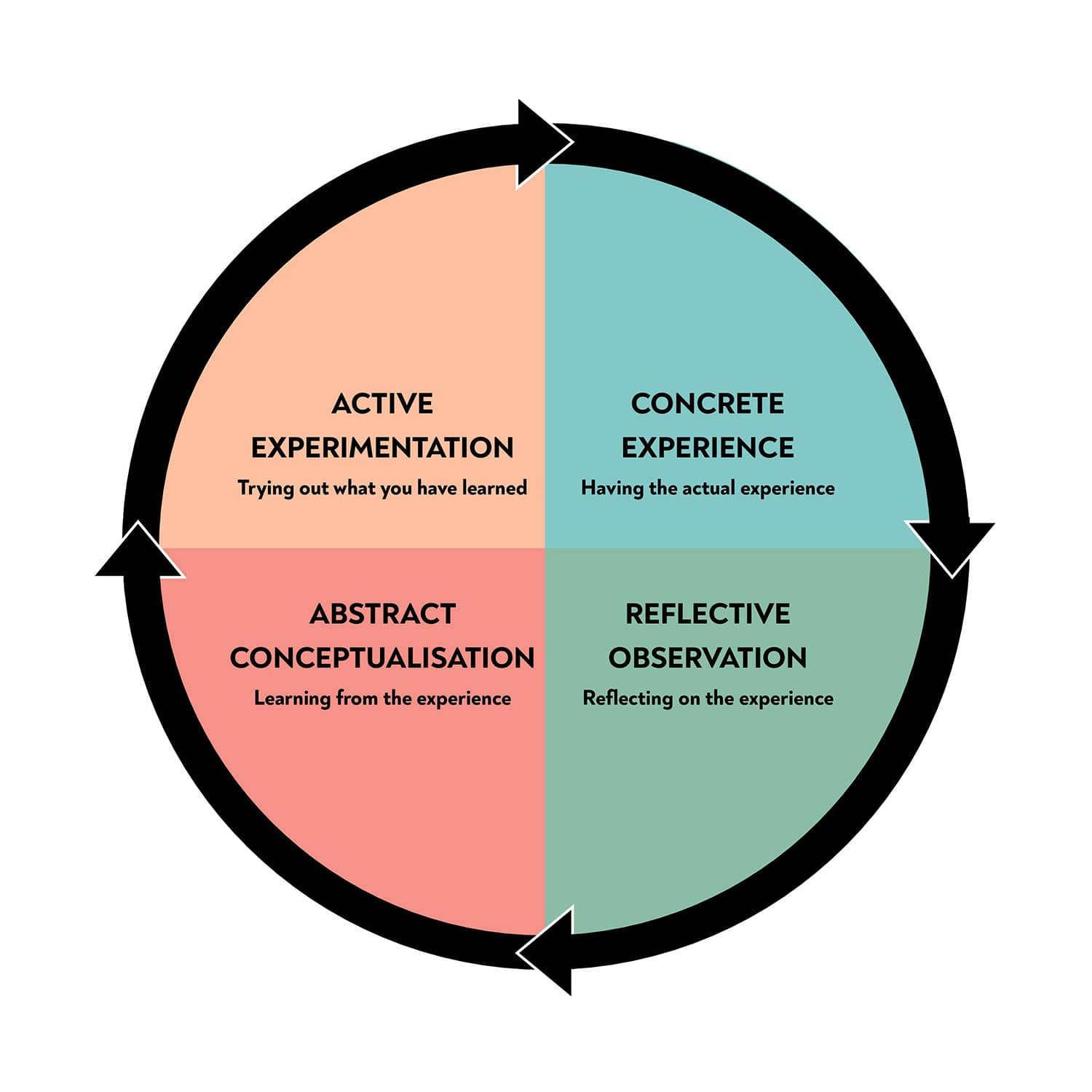
In the context of learning to drive, you can enter the learning cycle at the stage of having experience. This experience can be a subconscious experience from simply being a passenger in a car at some point and seeing the way a driver does something.
You’ll have a go at doing something and if it doesn’t work you’ll move to the next stage of the cycle which is reflecting on the experience and then coming up with ideas about how you might try it differently next time. You’ll then move on to trying it again with a new way of doing it. If it doesn’t work, you’ll work through the cycle again until you find the best way of doing it.
You can also enter the cycle from having no experience and you’ll start from the active experimentation stage, you’ll then have some experience (whether the experimentation worked or not) to move on and work through the cycle to reflect, change and experiment again, until you find the best way of doing it.
You’ll go through all stages of the learning cycle with everything you do in your journey to becoming a safe driver. Sometimes you’ll be successful and get it spot on first time. Most of the. time you’ll not, you’ll learn from it and you’ll experiment until you get it. That’s all part of the learning process.
Making mistakes in your driving lessons is ok!
So, inevitably, you’re going to make lots of mistakes along the journey to becoming a safe driver. But that’s ok. Your driving instructor should allow you to make those mistakes and embark on a journey to learning from them and developing your own way of doing things.
The job of a driving instructor, above all, is to allow you to learn and make any mistakes in a safe environment. They won’t allow mistakes to happen if it compromises safety but they will discuss this with you along the way. For example, they will let you stall the car in the middle of turning left into a junction as long as it is safe to allow this to happen. They might take control if the car using the dual controls to stop a stall if there is a vehicle following you into the junction. What they won’t do is then make you feel bad about the ‘mistake’. You’ll use the experiential learning cycle to come up with an understanding about why it happened and then what you’ll do different next time – No judgement, whatsoever.
Don’t feel bad about making mistakes. Don’t let the thought of making mistakes cause you stress or anxiety next time you have a driving lesson. Just let it happen and use your wonderfully powerful brain come up with a new way of doing something and experiment with it. You’ll get it in the end…
Latest Posts
Learning to drive is an education
When we’re young we attended school without question. Each day...
Read MoreMaking mistakes in your driving lessons is ok
Making mistakes in your driving lessons Forget about making mistakes!...
Read More
